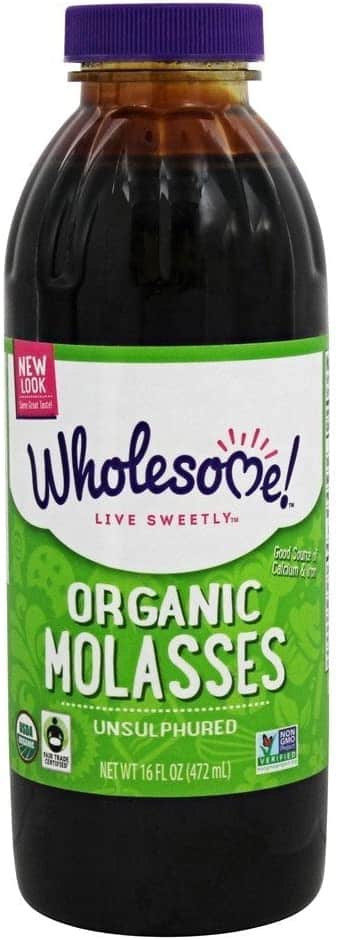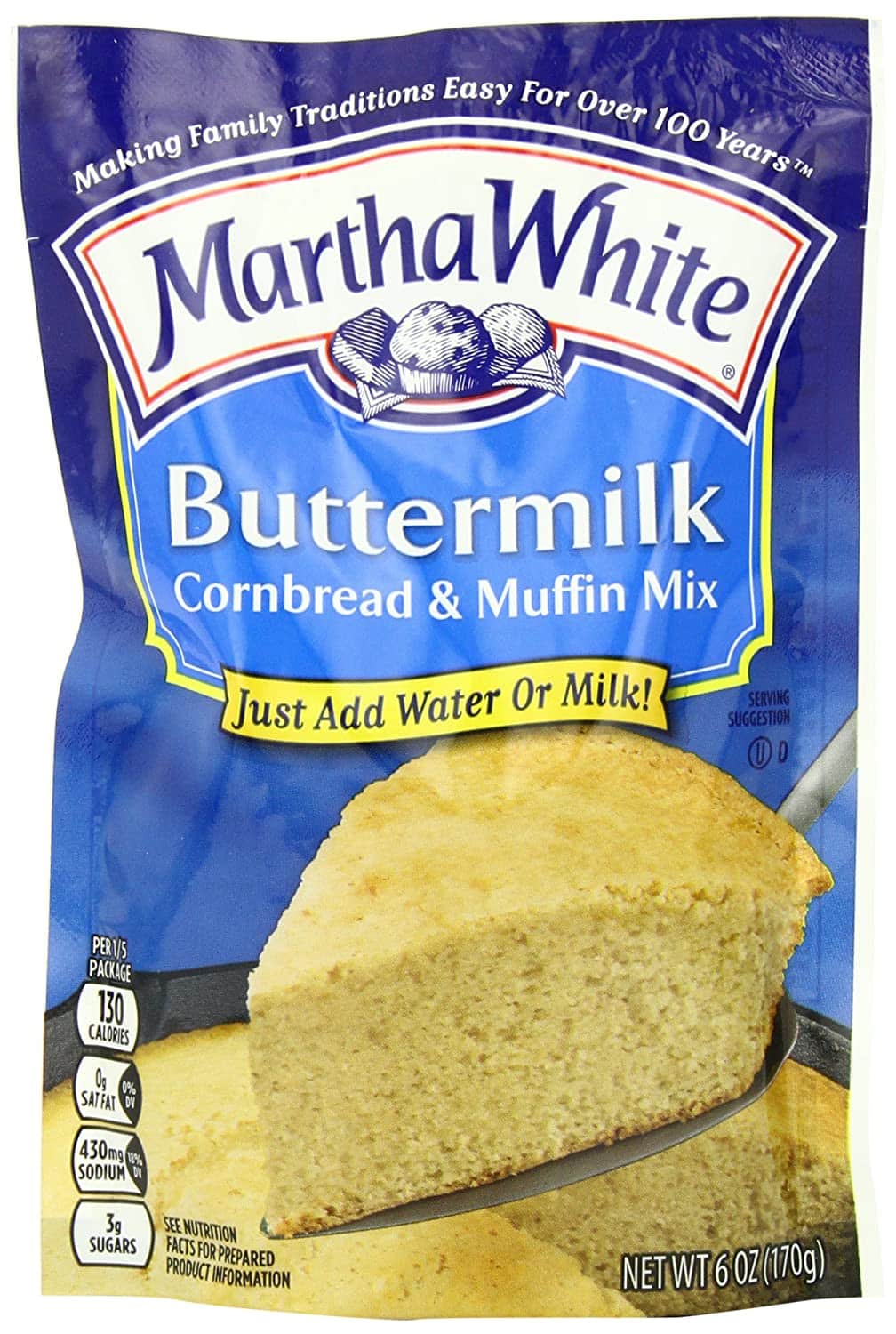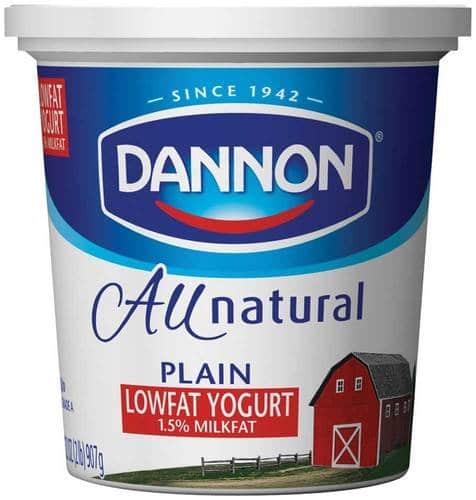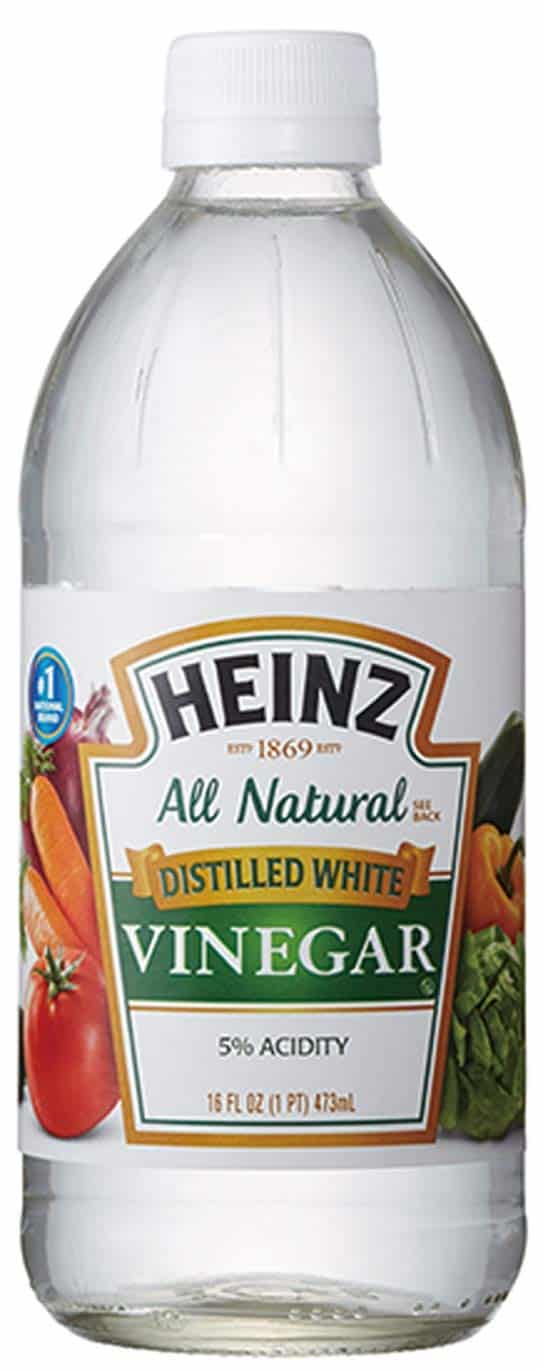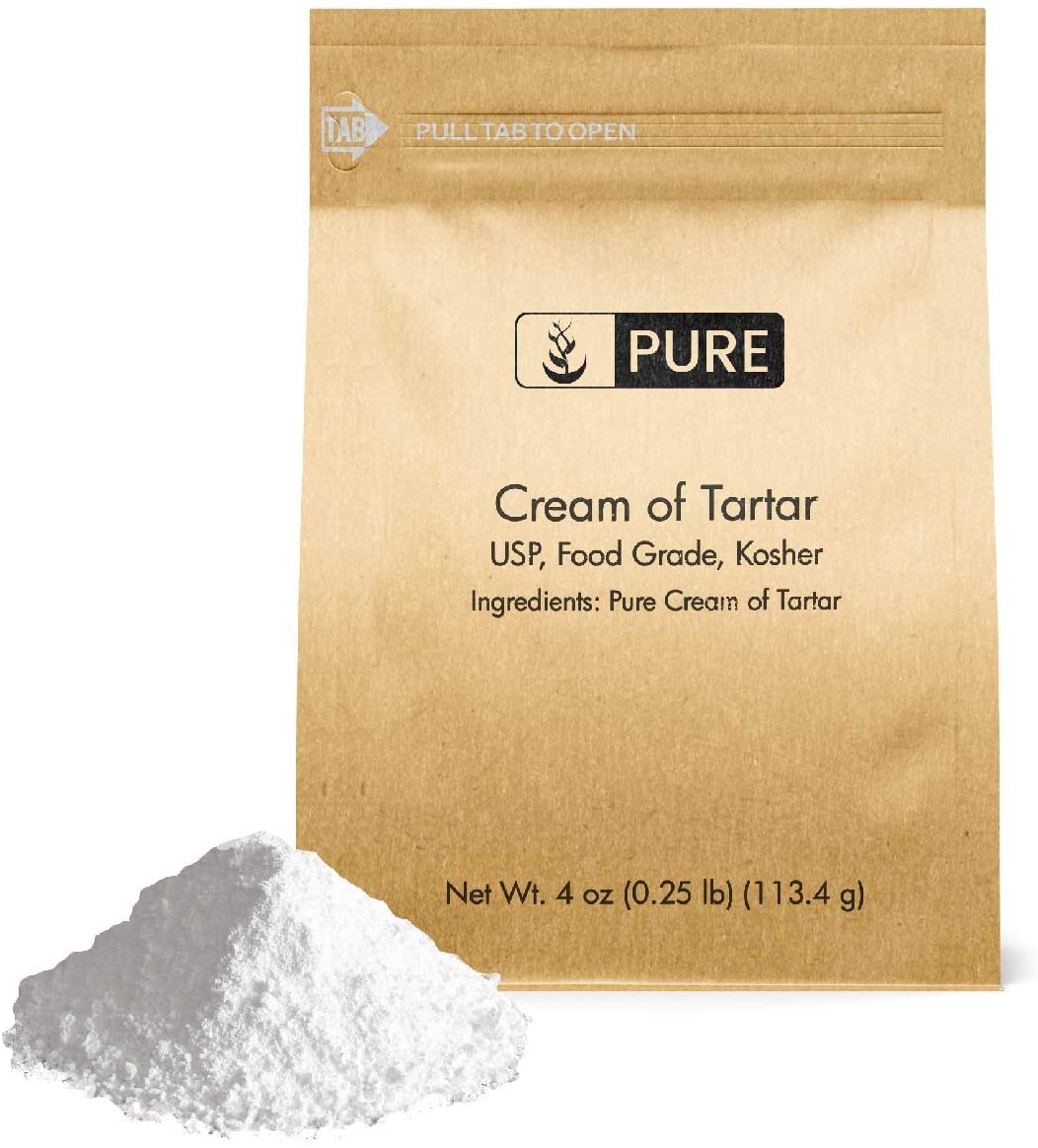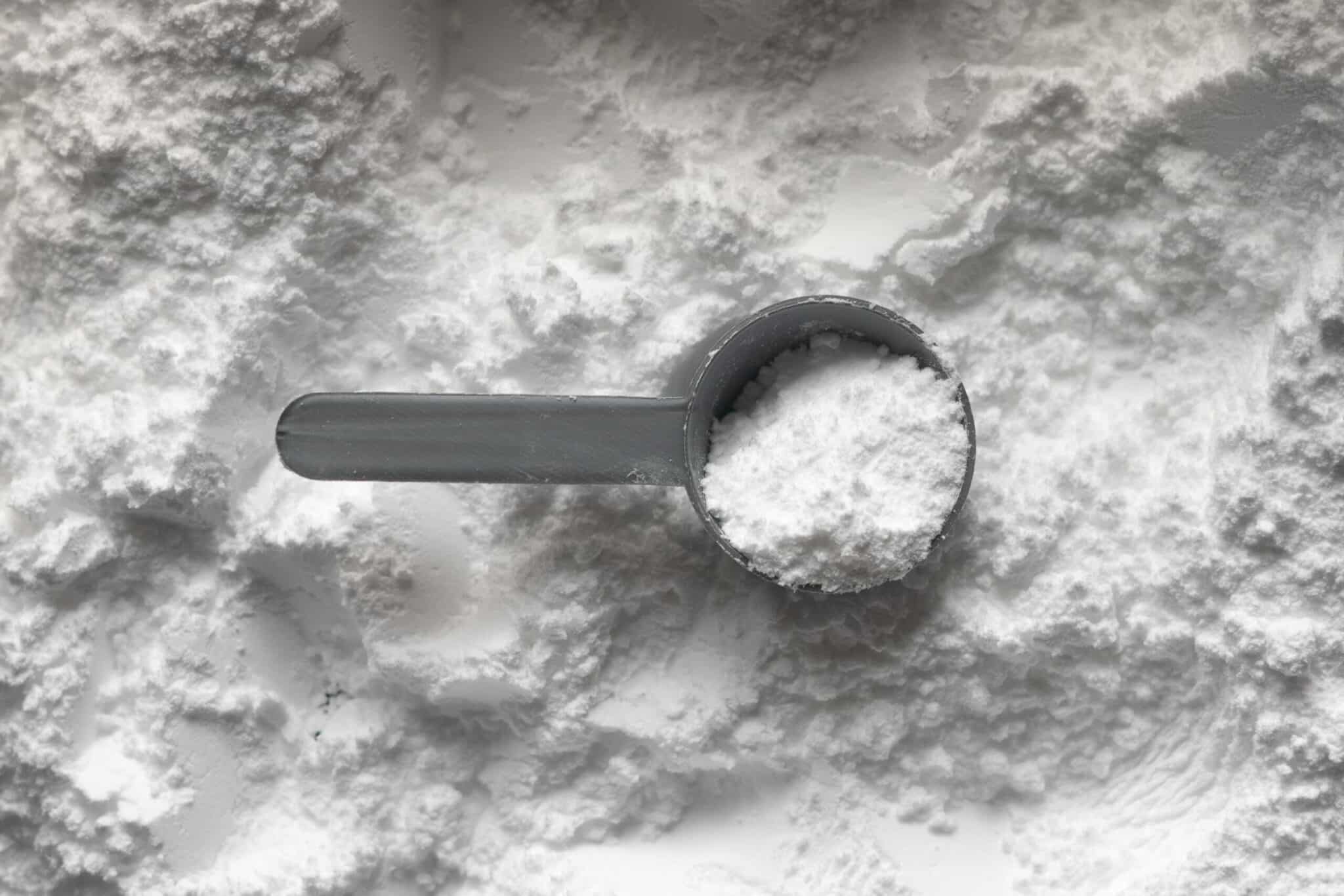Alfred Bird is the first person to create a form of baking powder in history (1843). He developed a yeast-free leavener as a result of his wife’s allergy to eggs and yeast. Baking powder is a kind of dry chemical leavening agent with a mixture of carbonate and weak acid. It is used to increase the volume of baked goods and also to lighten their texture. It is made up of a base, an acid, and a buffering material that prevents it from reacting prematurely, i.e., before its intended use. Alfred Bird used the following in making his baking powder:
Acid; cream of tartar/ tartaric acid, potassium bitartrate/KC4H5O6
Base; baking soda/ bicarbonate o soda sodium bicarbonate/ NaHCO3
Buffer; starch
Others such as August Oetker and Joseph C. Hoagland have come up with their baking powders over the years.
Baking powder tends to have a bitter taste because it contains sodium sulfate. This is usually noticeable in baked goods that have plenty of flavourings, such as pancakes and biscuits. This compound is used mostly in double-acting baking powder, and this is because it releases its carbon dioxide only when it is heated. This helps in the event of over mixing or time delay.
The baking powder’s texture is soft and powdery when you touch it but becomes gritty when you rubbed between your fingers.
Baking powder nutrition facts:
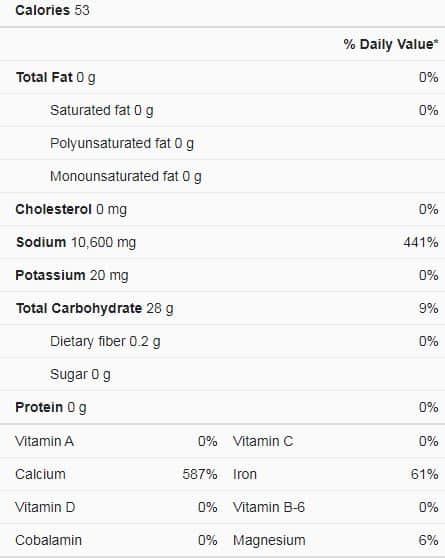
Use in different types of recipes
Baking powder is a leavening agent, and the best type is the double-acting baking powder. It can be used as a rising agent in different recipes, some of which include:
- Brownies
- Cake
- Bread
- Meat Pie
- Pancakes
Substitute for baking powder
The use of baking powder in most recipes is essential and cannot be overlooked. There are, however, other ingredients that can serve its purpose perfectly, and they include:
Molasses
This is a byproduct of sugar production. This sweetener is used as a substitute because it is acidic enough to trigger a reaction mixed with baking soda. When using this substitute, which is high in sugar, you should reduce the amount of sugar in other recipes. For one teaspoon of baking powder, mix ¼ teaspoon of baking soda with ½ teaspoon of molasses.
Buttermilk
This is a dairy product that is fermented with a sour and slightly tangy taste. Buttermilk is formed when sweet cream is churned into butter. Commercial buttermilk is mostly formed by adding bacterial cultures to milk and ferment, thereby breaking down sugars into acids. Due to its acidity, you can combine it with baking soda to produce a leavening effect produced by baking powder.
For one teaspoon of baking powder, mix ¼ teaspoon of baking soda to your dry ingredients, then add ½ cup buttermilk with the wet ingredients. Reduce other liquids in the recipe so it can take in the extra ½ cup. This is not a good substitute for recipes that do not require a lot of juice.
Plain yogurt
This can be produced by allowing milk to ferment. This fermentation process breaks down sugar and increases lactic acid concentration, thereby lowering the pH and boosting the yoghurt’s acidity. When mixed with baking soda, plain yoghurt’s acidic pH makes it a good substitute for baking powder.
For one teaspoon of baking powder, mix ¼ teaspoon of baking soda with your dry ingredients, then ½ of plain yoghurt with your wet ingredients. It would help if you did not neglect reducing other liquids by ½ cup.
Vinegar
This is produced through fermentation, in which bacteria convert alcohol to acetic acid. This is a prevalent ingredient in baked products. Its acidic pH is perfect to be used as a substitute for baking powder. It has a leavening effect in cakes when combined with baking soda. The best option is white vinegar, as it does not affect the colour of your baked product.
For one teaspoon of baking powder, mix ¼ teaspoon baking soda with ½ teaspoon of vinegar.
Cream of tartar
This is an acidic white powder that is formed as a byproduct of winemaking. It is also known as potassium hydrogen tartrate. This substitute is commonly used to prevent sugar crystals, stabilize egg whites and creams. To achieve the most satisfactory result, a 2:1 ratio of cream of tartar to baking soda is advised.
For one tablespoon of baking powder, mix one teaspoon of baking soda, two teaspoons of cream of tartar, and add one teaspoon of cornstarch.
What is a substitute for baking powder in a cake?
When baking powder is not available, a quick mixture of baking soda and any of these acids will give you the same effect as the baking powder. The acids are cream of tartar, molasses, buttermilk, and sour cream. Baking soda is more potent than baking soda, and adding too much will give your cake a soapy taste.
What is a substitute for baking powder in muffins?
Both adults and children enjoy muffins. In muffins, baking powder can be substituted with baking soda and cream of tartar or lemon juice. The problem with this substitute is that it does not work as a double-acting agent.
Frequently asked questions
What is the substitute for one tablespoon of baking powder?
Mix 1 teaspoon of baking soda with two teaspoons of cream and tartar and one teaspoon of cornstarch.
Can baking soda be used in place of baking powder?
Yes, it can be used when mixed with vinegar, yoghurt, or lemon juice.
How do you make homemade baking powder?
You can make your homemade baking powder by mixing ¼ teaspoon of baking soda with ¼ cup of molasses, which is equivalent to 1 teaspoon of baking powder.
What is a substitute for baking powder in pancakes?
The baking powder as a leavening agent is made up of baking soda, powdered acid such as cream of tartar, and a moisture absorber such as cornstarch. A perfect substitute for baking powder in pancakes will be a mixture of baking soda, cream of tartar, and cornstarch. Substituting it with these ingredients will produce the same effect.
Conclusion
This article is a useful guide on substitutes for baking powder in different recipes as it covers a variety of recipes. When baking and running out of baking powder, this article provides you with the easiest of solutions.
